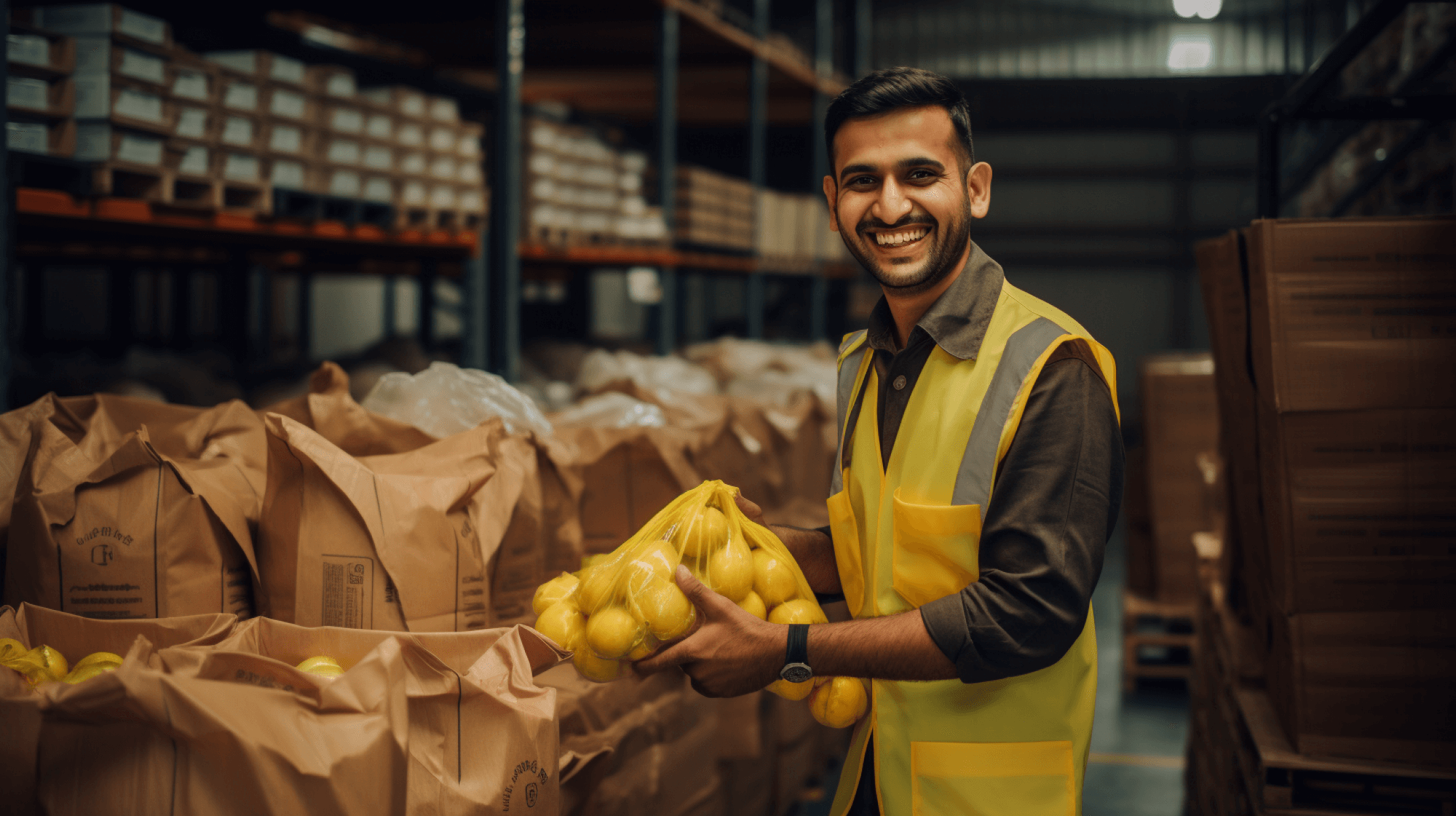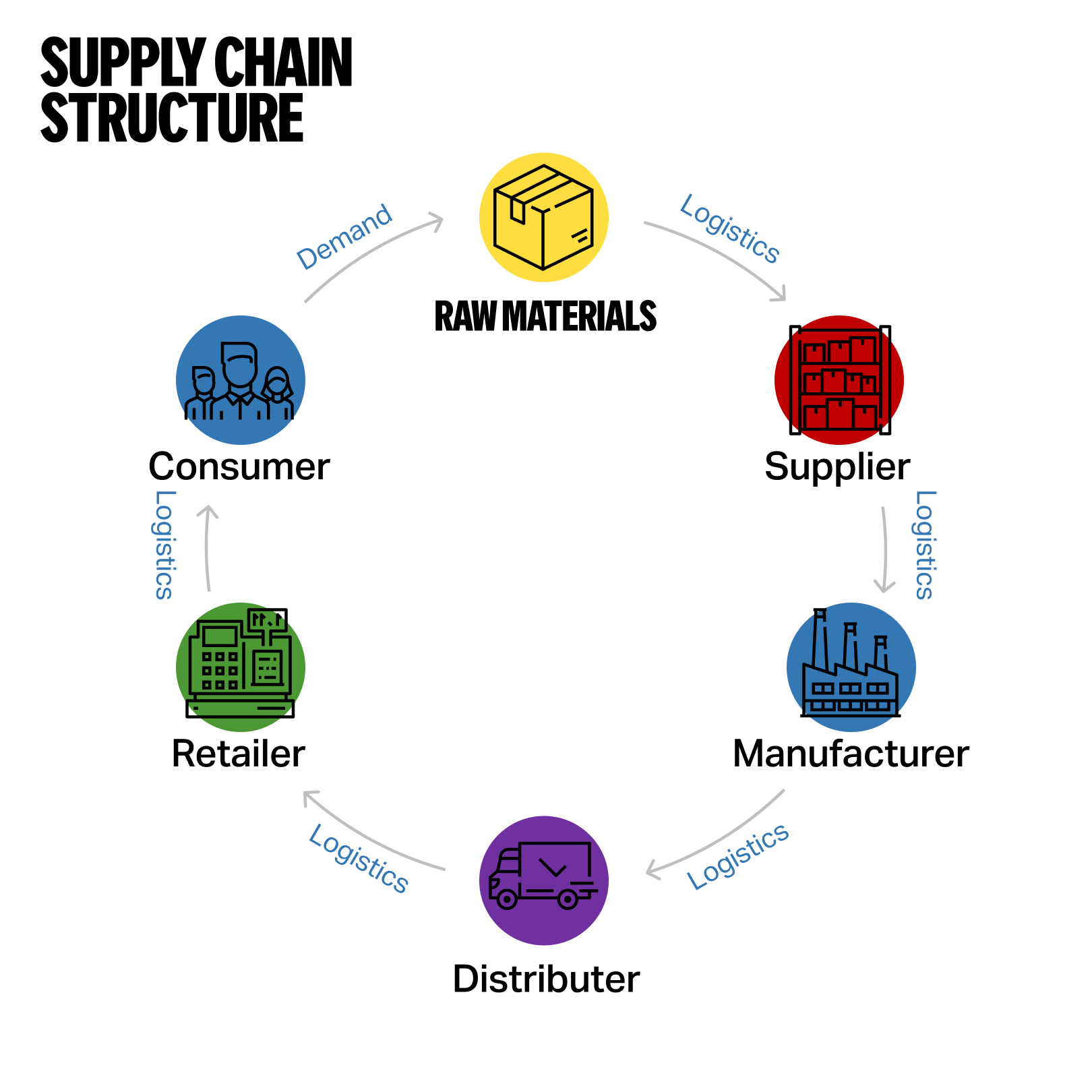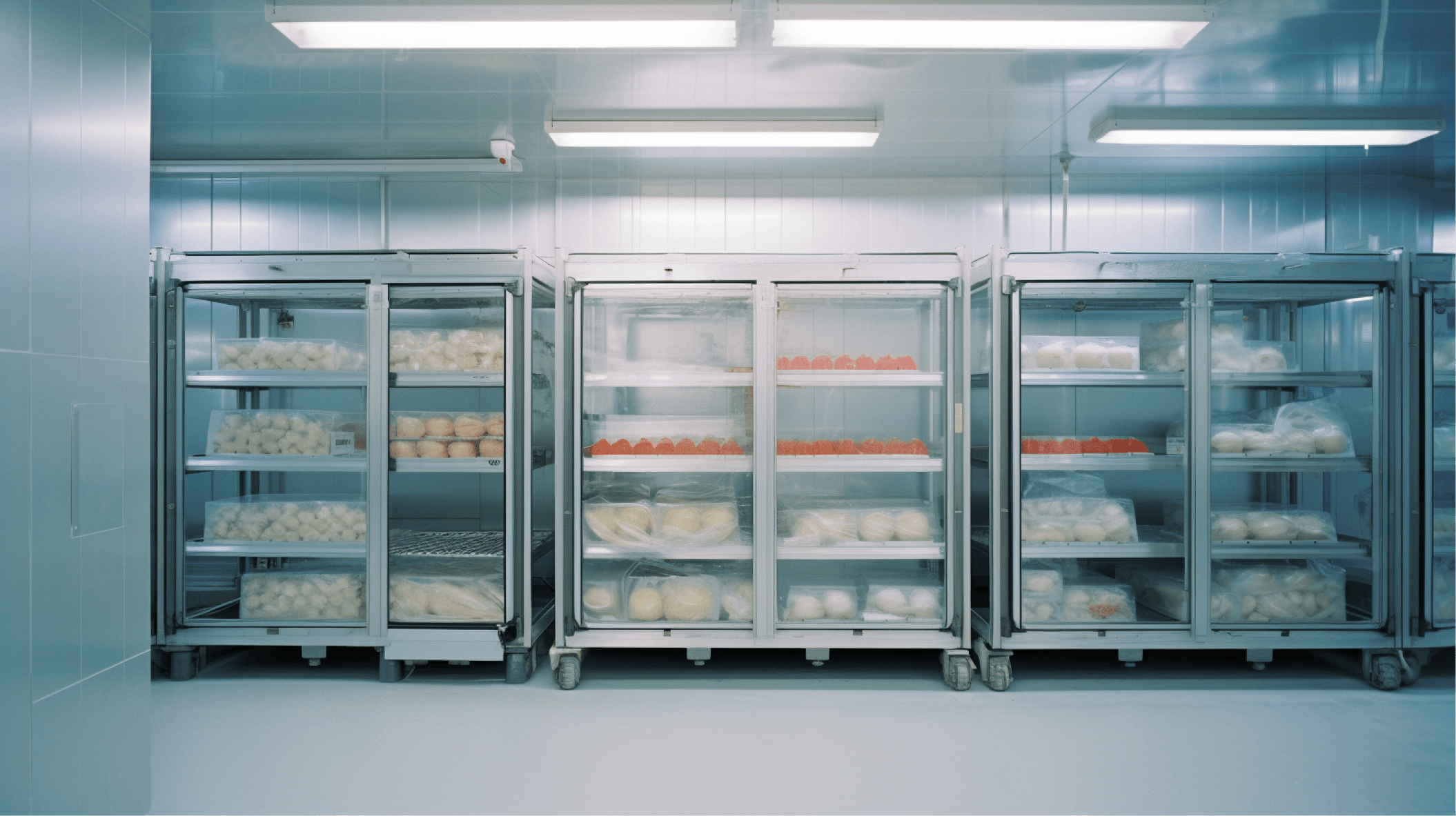Yango Tech and Surtifamiliar Partner for Next-Generation AI-Powered Grocery E-commerce in Colombia


The fresh grocery and supermarket supply chain is a complex, finely-tuned system designed to ensure that consumers have access to fresh food and essential products. This intricate network involves sourcing raw ingredients, processing and packaging them, and delivering the final products to stores. Given the perishability of many grocery items, maintaining the freshness and quality of food is paramount, requiring precise coordination and robust logistics.

Read more about supply chain logistics management here: Logistics Management: Mastering Efficient Supply Chain Operations
Maintaining and monitoring fresh foods to prevent spoilage is impossible without real-time visibility, one of the top challenges facing grocery supply chains. Other challenges include:
When a shipment is unaccounted for, it could be stranded at sea, stuck in a port backlog, or delayed due to road closures or a lack of drivers. For example, in October 2021, over 100 ships were waiting to dock at ports, highlighting the critical issue of tracking and locating shipments.
The surge in demand for online ordering, curbside pickup, and home delivery has introduced significant operational challenges. Retailers must balance staffing constraints, high handling costs, and the need to control temperature and humidity to maintain freshness, all while providing a seamless customer experience.
Consumer preferences are shifting towards fresher, more complex products rather than simple, standardized inventories. This change necessitates revamped storage and display spaces, particularly around the perimeter of the store, to accommodate shorter shelf life products effectively.

Grocery retailers face stiff competition from restaurants, meal delivery services like GrubHub and UberEats, and food-to-go outlets. This competitive landscape requires strategic management to avoid increased food waste and maintain market share.
The fear of stockouts is a constant concern. A survey by Supermarket News revealed that many executives struggle with keeping fresh produce consistently in stock, with some frequently outselling their supply chains. This highlights the instability in the fresh produce supply chain.
Relying solely on historical sales data for future forecasting can result in missed opportunities. Accurate predictive forecasting requires real-time tracking data and advanced analytics to ensure reliability and capitalize on market trends.
Many retailers lack dedicated teams to manage fresh systems effectively. Research by Deloitte indicates that optimizing and supporting fresh departments requires specialized skills and a dedicated workforce, which many companies do not have.
Fresh departments often struggle with tracking inventory in a way that allows management to measure improvements and prove return on investment (ROI). Without perpetual inventory systems and robust data management, demonstrating tangible benefits can be challenging.
Awareness and implementation of new technologies to improve supply chain visibility are often hindered by time constraints and a lack of skilled personnel. Many retailers are unaware of the existing technologies that can enhance their supply chains, and even those who are aware struggle to adopt them effectively.

Consumers increasingly demand fresh products alongside sustainable practices from their grocery stores. Failure to reduce waste and emissions can damage a retailer’s reputation, making it imperative for supermarkets to adopt and promote sustainable practices.
Several solutions can help grocery retailers mitigate these challenges:
Visibility is crucial in the supermarket supply chain. Real-time insights into inventory levels, shipment statuses, and order fulfillment rates allow supermarkets to respond swiftly to market demands and reduce instances of stockouts or overstock. Enhanced visibility also improves customer satisfaction by ensuring that popular items are always in stock. Technologies like IoT sensors and blockchain can provide detailed tracking of products from farm to table, enhancing transparency and trust in the supply chain.
Read more about e-grocery efficiency here: Short Guide To Effective E-store
Yango Tech offers innovative solutions to keep the grocery supply chain efficient and fresh. Their advanced tracking systems and real-time insights enable supermarkets to monitor every step of the supply chain meticulously. By leveraging Yango Tech’s solutions, grocery stores can optimize their logistics, ensure the freshness of their products, and maintain high standards of food safety. These technologies are essential for modern supermarkets aiming to meet the high expectations of today’s consumers.

1. What is the supply chain of grocery stores?
The grocery store supply chain includes suppliers, wholesalers, distributors, and retailers who work together to ensure the availability of food, beverages, and household products in stores.
2. How does a grocery store supply chain work?
Suppliers grow or manufacture food products, which are then purchased in bulk by wholesalers and resold to grocery stores. Distributors transport these goods to stores, where they are stocked for consumer purchase, both in-store and online.
3. Why is there a shortage of groceries?
Grocery shortages can result from disruptions at various points in the supply chain, such as labor strikes, trade disputes, worker shortages, adverse weather, and other unexpected events like pandemics. Poor supply chain management can also lead to localized shortages.
4. How do grocery stores manage their inventory?
Grocery stores use inventory management systems to track stock levels in real-time. These systems help retailers forecast demand, order new stock before items run out, and avoid overstocking. Advanced systems use AI and machine learning to predict trends and optimize inventory levels.
5. What role do distributors play in the grocery supply chain?
Distributors transport products from suppliers to grocery stores, ensuring timely and efficient delivery. They may also provide additional services like shelf stocking, order fulfillment, and merchandising, which help maintain the flow of goods from farm to table.
6. How do grocery stores ensure the freshness of their products?
Grocery stores ensure product freshness by implementing stringent quality control measures, maintaining optimal storage conditions, and using advanced tracking systems to monitor the condition of perishable goods throughout the supply chain. Technologies like IoT sensors help maintain proper temperatures during transit.
7. What is direct store delivery (DSD)?
Direct store delivery (DSD) is a system where goods are delivered directly to stores by wholesalers, distributors, or manufacturers, bypassing any intermediaries. This method helps maintain product freshness and allows for quicker restocking of shelves.
8. How do supply chain disruptions affect grocery stores?
Supply chain disruptions can lead to delays, increased costs, and stock shortages. Events like natural disasters, pandemics, or geopolitical issues can disrupt the flow of goods, leading to temporary unavailability of certain products and impacting overall store operations.
9. What technologies are used to improve grocery supply chains?
Technologies such as AI, machine learning, blockchain, and IoT are increasingly used to enhance supply chain efficiency. These technologies help in demand forecasting, real-time tracking, data integration, and ensuring transparency and security across the supply chain.
10. How can grocery stores improve their supply chain resilience?
Grocery stores can improve supply chain resilience by diversifying their supplier base, investing in advanced warehouse solution, maintaining real-time visibility into their inventory, and developing robust contingency plans to handle disruptions. Regularly updating and testing these plans is also crucial.